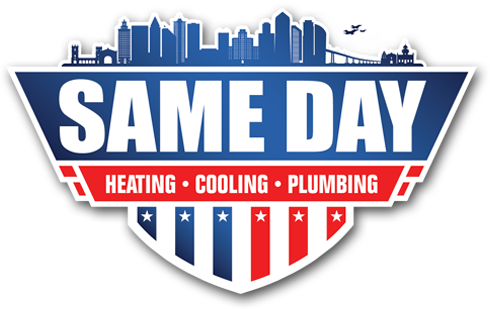A Guide to Your Home Thermostat
Thermostats are a fundamental part of every home heating and cooling system. They measure your home’s ambient temperature and use the information to activate your furnace or air conditioner, depending on the thermostat setting. For most people their home thermostat is a device that is set to one temperature and is rarely touched again once a comfortable room temperature has been reached. However, just because a thermostat is a relatively simple and low-maintenance device doesn’t mean you shouldn’t understand what it does and how it works.
How Does a Thermostat Work?
The early thermostat consisted of a float inside a mercury thermometer connected to a damper cover on a furnace. When the mercury level climbed to a certain level, the float caused the damper to close which helped regulate the temperature. Today, thermostats work in the same fundamental way. Essentially a heat-activated switch, a thermostat has a temperature sensor that causes the switch to open or close, completing or interrupting an electrical circuit that runs the house’s heating or cooling system.
Types of Thermostats
The two main types of thermostats are mechanical and digital. Although most modern thermostats are exclusively digital, it is important to understand how both types function.
Mechanical Thermostats
The mechanical thermostat is a kind of current switch. Old-fashioned thermostats are composed of a fixed contact and a movable lever composed of two metals with separate expansion coefficients that respond to the effects of temperature change. The end of the lever will make contact with the fixed contact when the room temperature is decreasing (which turns on the heater) and detaches if the room temperature increases (which shuts off the heater).
Electronic Thermostats
The electronic thermostat consists of integrated circuits and mini fixed components. The big advantage of this device is that it allows for a perfectly controlled temperature in the home. It is constantly in the temperature analysis mode. Unlike mechanical thermostats, which operate by allowing a deviation of 2 to 4 degrees, the electronic thermostat limits variations by plus or minus 0.1 degrees. This means that electronic thermostats are much more precise and therefore more efficient than traditional mechanical thermostats.
Choosing the Right Device for Your Home
No matter what device you choose for your home it is important to understand the fundamentals of mechanical and electronic thermostats. So, which should you get for your home? With an electronic model, you get the ability to preset temperatures and better efficiency than traditional mechanical thermostats. Opting for the electronic thermostat will reduce your system’s energy usage and will in-turn save you time and money! Contact Same Day Heating, Cooling, Plumbing today and our helpful staff will work to help you with all of your thermostat needs!
Works Cited:
